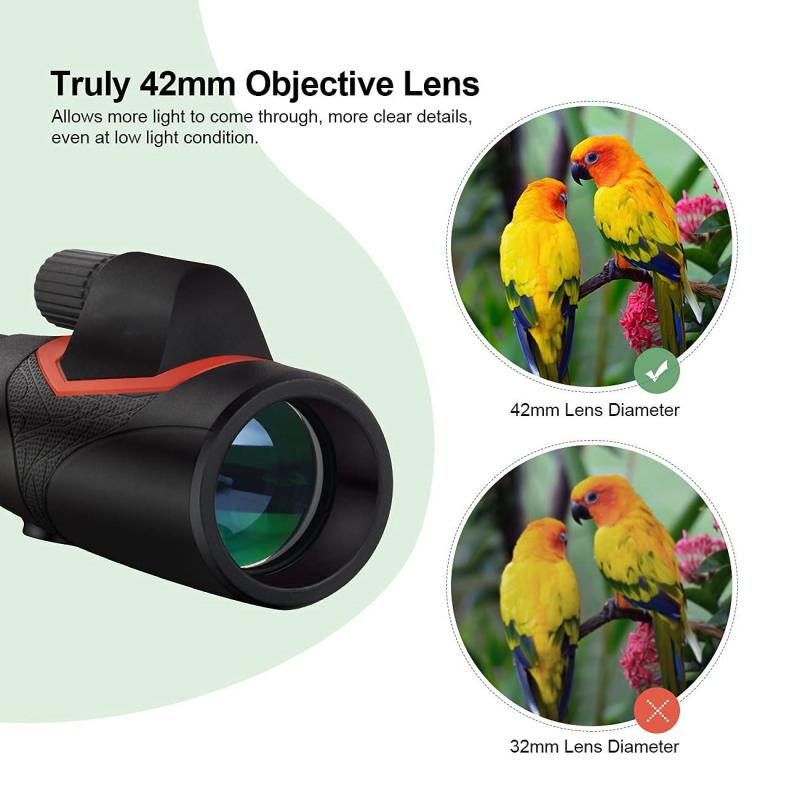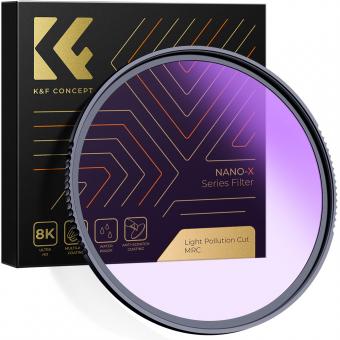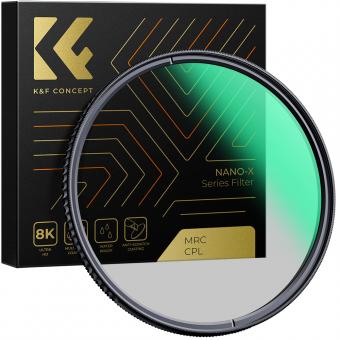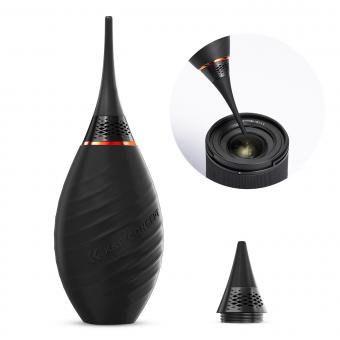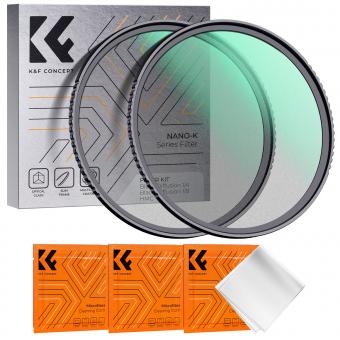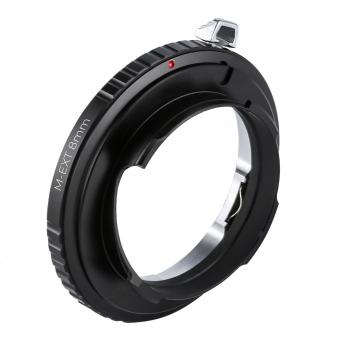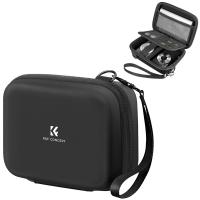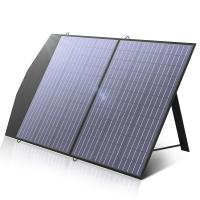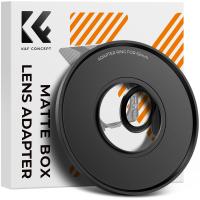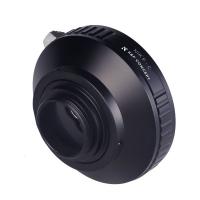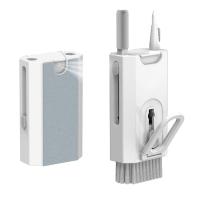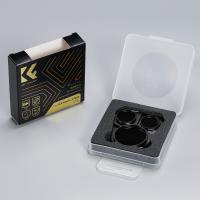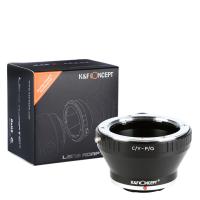How Do Monoculars Work ?
Monoculars work by using a single lens to magnify distant objects. The lens is usually convex, meaning it curves outward, and it bends the light that enters it. This bending of light causes the image to appear larger than it actually is. The magnification power of a monocular is determined by the curvature of the lens and the distance between the lens and the eye.
To use a monocular, the user holds it up to one eye and looks through it. The image will appear larger and closer than it would with the naked eye. Monoculars are often used for outdoor activities such as bird watching, hiking, and hunting, as they are lightweight and easy to carry. They can also be used for indoor activities such as viewing artwork or performances from a distance.
1、 Optics and lenses
"How do monoculars work?" Monoculars work through the use of optics and lenses. They are essentially a small, handheld telescope that allows the user to view distant objects with one eye. The monocular works by gathering light through the objective lens, which is located at the front of the device. This light is then focused by the eyepiece lens, which is located at the back of the device. The eyepiece lens magnifies the image, making it appear closer and larger to the user.
Monoculars can be used for a variety of purposes, including bird watching, hiking, and hunting. They are also commonly used by military personnel and law enforcement officers for surveillance and reconnaissance purposes.
Recent advancements in technology have led to the development of digital monoculars, which use electronic sensors and displays to provide a high-resolution image. These devices are often equipped with features such as image stabilization and night vision capabilities, making them ideal for use in low-light conditions.
Overall, monoculars are a simple yet effective tool for viewing distant objects with one eye. They are lightweight, portable, and easy to use, making them a popular choice for outdoor enthusiasts and professionals alike.
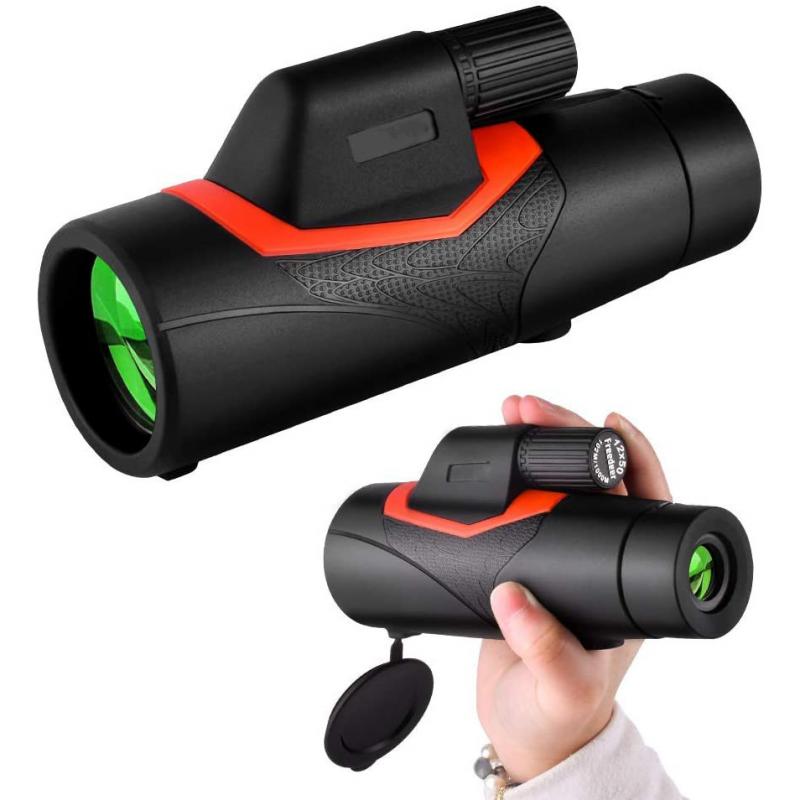
2、 Magnification and field of view
Monoculars are optical devices that are used to magnify distant objects. They work on the same principle as binoculars, but with only one eyepiece. The basic principle behind the working of monoculars is the use of lenses to magnify the image of the object being viewed.
The magnification of a monocular is determined by the focal length of the objective lens and the eyepiece. The objective lens is the larger lens at the front of the monocular, while the eyepiece is the smaller lens at the back. The magnification of the monocular is calculated by dividing the focal length of the objective lens by the focal length of the eyepiece.
The field of view of a monocular is determined by the size of the objective lens and the magnification. A larger objective lens will provide a wider field of view, while a higher magnification will provide a narrower field of view.
The latest point of view on the working of monoculars is that they are becoming increasingly popular for outdoor activities such as hiking, bird watching, and hunting. They are also used by military personnel and law enforcement officers for surveillance and reconnaissance purposes.
In conclusion, monoculars work by using lenses to magnify distant objects. The magnification and field of view are determined by the focal length of the objective lens and the eyepiece. With the latest advancements in technology, monoculars are becoming more versatile and are being used in a variety of applications.
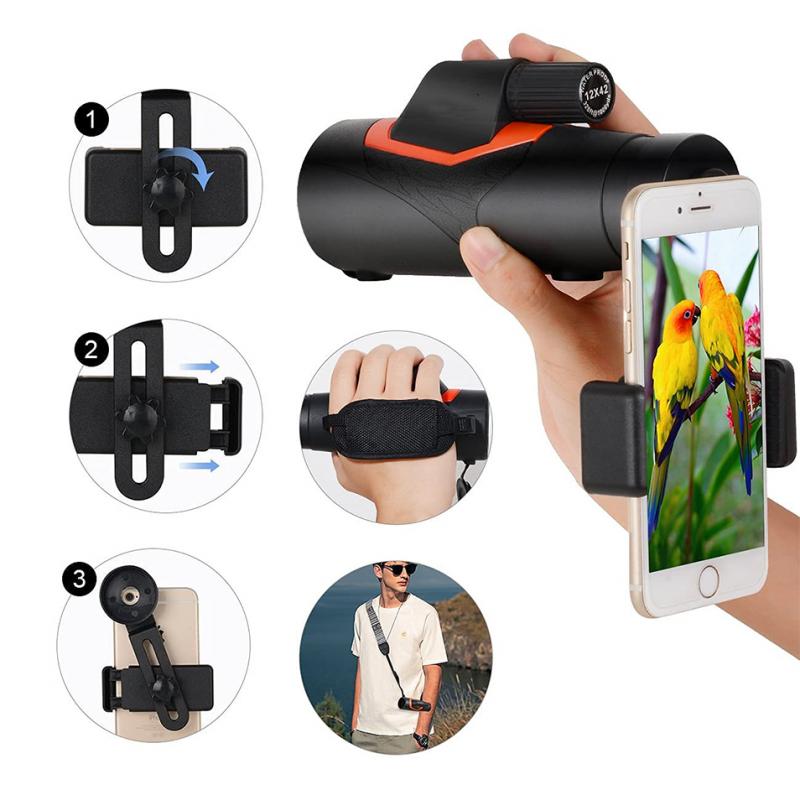
3、 Prism systems
How do monoculars work? Monoculars are optical devices that are used to magnify distant objects. They work by using a combination of lenses and prism systems to gather and focus light. The lenses in a monocular are designed to gather light and focus it onto the prism system. The prism system then reflects the light back through the lenses, which magnifies the image and makes it appear closer.
Prism systems are an essential component of monoculars. They are used to correct the orientation of the image and make it appear right-side up. There are two types of prism systems used in monoculars: roof prisms and Porro prisms. Roof prisms are more compact and are commonly used in high-end monoculars. Porro prisms, on the other hand, are larger and are used in lower-end models.
The latest point of view on how monoculars work is that they are becoming more advanced and sophisticated. Many modern monoculars now come with features such as image stabilization, night vision, and digital zoom. These features are made possible by advancements in technology, such as the use of gyroscopes and digital sensors.
In conclusion, monoculars work by using a combination of lenses and prism systems to gather and focus light. Prism systems are an essential component of monoculars, and there are two types of prism systems used in monoculars: roof prisms and Porro prisms. Monoculars are becoming more advanced and sophisticated, with features such as image stabilization, night vision, and digital zoom.
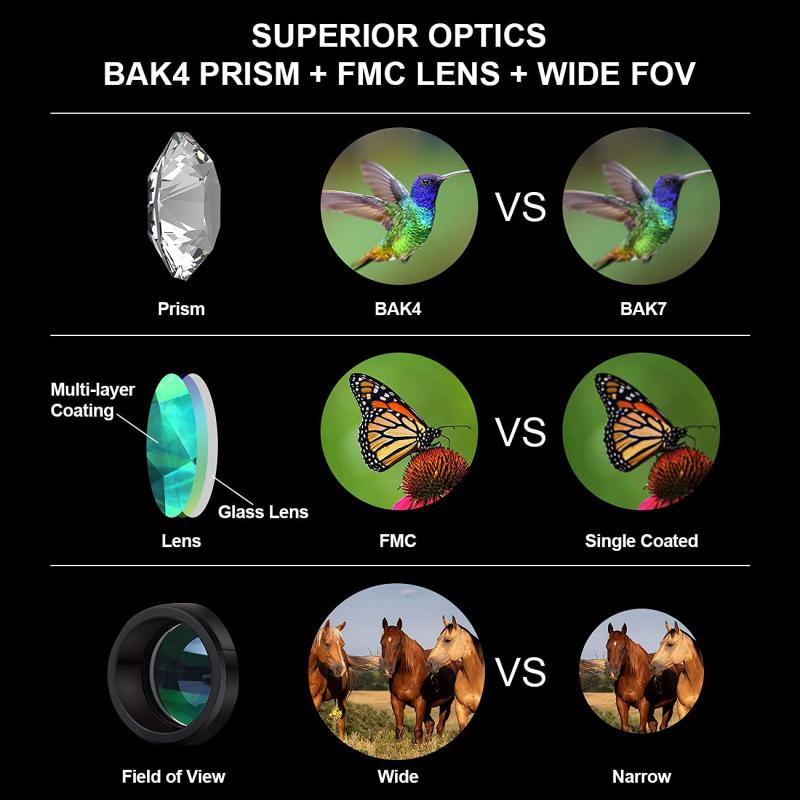
4、 Image stabilization technology
Monoculars are optical devices that are used to magnify distant objects. They work on the same principle as binoculars, but with only one eyepiece. The monocular uses a series of lenses to magnify the image of the object being viewed. The image is then projected onto the retina of the eye, allowing the viewer to see the object in greater detail.
Image stabilization technology is a recent development in monoculars that helps to reduce the effects of hand shake and other movements that can cause the image to appear blurry. This technology uses a series of sensors and microprocessors to detect and compensate for any movement of the monocular. The sensors detect the movement and the microprocessors adjust the position of the lenses to compensate for the movement, resulting in a clearer and more stable image.
The latest point of view on monoculars is that they are becoming increasingly popular among outdoor enthusiasts, bird watchers, and hunters. They are lightweight, compact, and easy to carry, making them ideal for outdoor activities. The addition of image stabilization technology has made them even more useful, allowing users to view distant objects with greater clarity and stability.
In conclusion, monoculars work by using a series of lenses to magnify distant objects and project the image onto the retina of the eye. Image stabilization technology is a recent development that helps to reduce the effects of hand shake and other movements, resulting in a clearer and more stable image. Monoculars are becoming increasingly popular among outdoor enthusiasts, and the addition of image stabilization technology has made them even more useful for outdoor activities.
